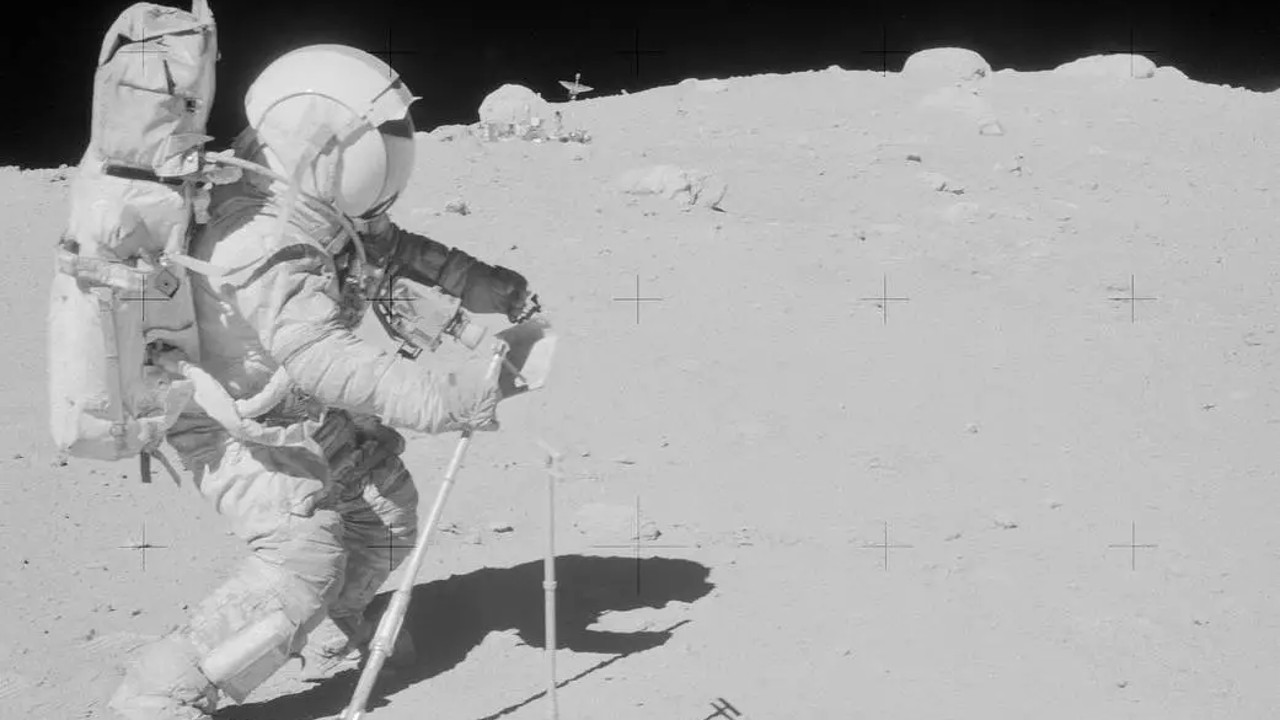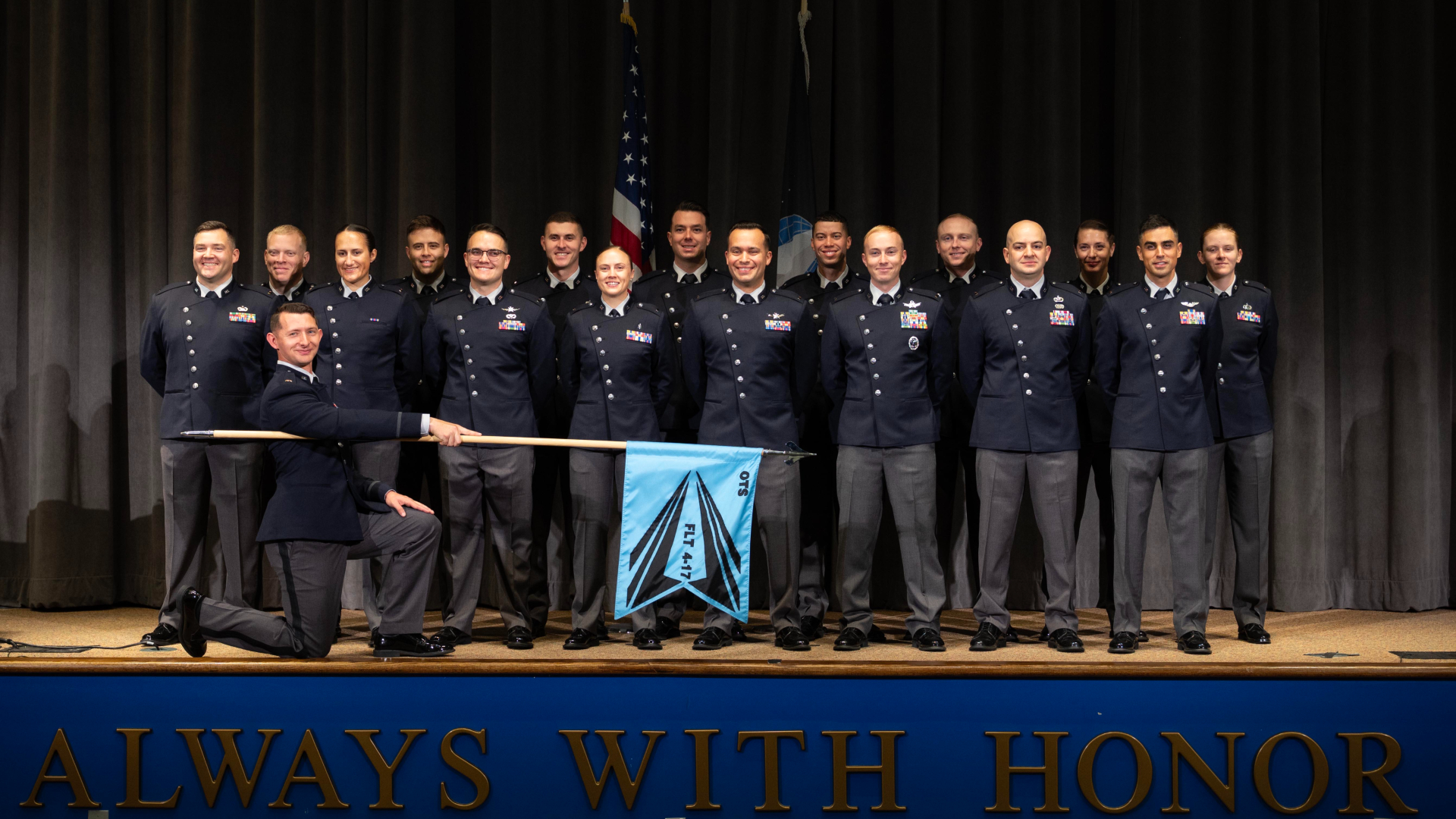New study of Apollo 16 moon samples reveals hidden lunar history
"It's remarkable to think that the samples Apollo 16 brought back more than half a century ago still have secrets to reveal about the moon's history."

Scientists continue to piece together the moon's complex history using lunar samples collected during NASA's Apollo missions over half a century ago.
A fresh analysis of lunar dust collected by Apollo 16 astronauts in 1972 offers a clearer picture of the effects of asteroid strikes on the moon, allowing scientists to reconstruct billions of years of lunar history. The findings could also help upcoming crewed missions pinpoint precious natural resources for establishing moon bases, scientists say.
After landing in the heavily-cratered Descartes region in the lunar highlands, astronauts John Young and Charles Duke collected roughly 200 pounds (96 kg) of material from the moon's surface. Chemical analyses of soil-like pebbles in those samples, which the astronauts had gathered by raking across the landing site, have revealed the presence of various noble gasses including argon and xenon. These trapped gasses serve as useful timestamps of space weather processes like solar wind and asteroid impacts that have helped shape and reshape the moon's surface over billions of years.
Most of the samples collected during the Apollo era have already been scrutinized. To take advantage of new science and technology, NASA cracked open one of the last sealed samples, collected during the Apollo 17 mission, just two years ago. Much of our knowledge about the moon and its evolution comes from these samples, including the moon's true age being 40 million years older than we thought.
But researchers say this new study of trapped lunar gasses is already revealing new chapters of lunar history.
"We can build a much more complete picture of the history of this part of the moon during the early solar system, where heavier impacts on the lunar surface in its first billion years or so gave way to less intense periods from two billion years ago or so," study lead author Mark Nottingham of the University of Glasgow in the U.K. said in a recent statement.
While analyzing samples collected during the Apollo 16 mission, Nottingham and his colleagues used mass spectrometry techniques to catalog various noble gasses and their abundance in the samples, which helped them "determine how much time the samples spent exposed on or near the moon's surface," Nottingham said in the statement.
Breaking space news, the latest updates on rocket launches, skywatching events and more!
Chemical makeup of gasses trapped in these "regolith breccias" — a result of moon dust fusing into rock under the sheer force of asteroid impacts — show they stood exposed to solar wind and asteroid impacts for a prolonged period.
The specific exposure ages varied widely between samples, from 2.5 billion years ago to less than a billion, suggesting the moon's soil around the landing area is "well mixed," with some of it dredged up to the surface by more recent impacts, the new study reports.
Nottingham says that studies like this one will help scientists better understand where noble gases and other elements might be found on the moon and in what abundance, helping humanity better plan for future lunar exploration.
"It's remarkable to think that the samples Apollo 16 brought back more than half a century ago still have secrets to reveal about the moon's history, and that they could yet help shape how we explore the solar system in the decades to come," Nottingham said.
This research is described in a paper published Oct. 15 in the journal Meteoritics & Planetary Science.
Editor's note 10/29: Only astronauts John Young and Charles Duke landed in the Descartes region while Ken Mattingly stayed in orbit. This article has been updated to reflect that.

Sharmila Kuthunur is an independent space journalist based in Bengaluru, India. Her work has also appeared in Scientific American, Science, Astronomy and Live Science, among other publications. She holds a master's degree in journalism from Northeastern University in Boston.
